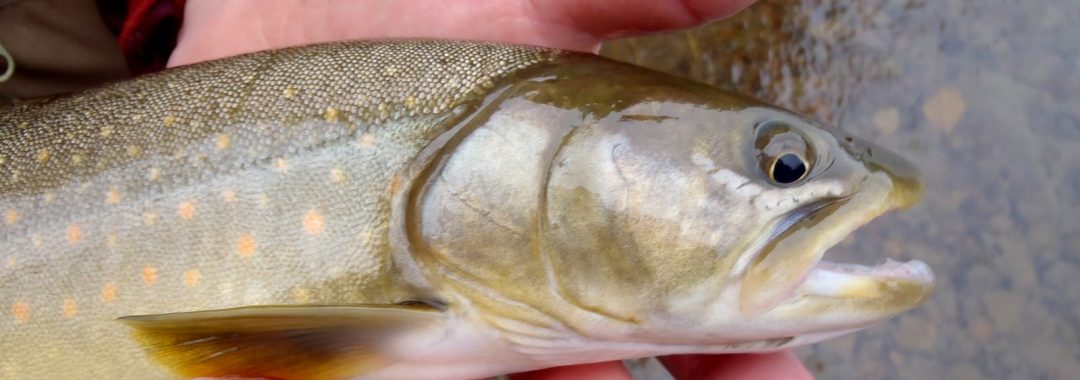Abstract:
Land‐use change via human development is a major driver of biodiversity loss. To reduce these impacts, billions of dollars are spent on biodiversity offsets. However, studies evaluating offset project effectiveness that examine components such as the overall compliance and function of projects remain rare. We reviewed 577 offsetting projects in freshwater ecosystems that included the metrics project size, type of aquatic system (e.g., wetland, creek), offsetting measure (e.g., enhancement, restoration, creation), and an assessment of the projects’ compliance and functional success. Project information was obtained from scientific and government databases and gray literature. Despite considerable investment in offsetting projects, crucial problems persisted. Although compliance and function were related to each other, a high level of compliance did not guarantee a high degree of function. However, large projects relative to area had better function than small projects. Function improved when projects targeted productivity or specific ecosystem features and when multiple complementary management targets were in place. Restorative measures were more likely to achieve targets than creating entirely new ecosystems. Altogether the relationships we found highlight specific ecological processes that may help improve offsetting outcomes.
Highlighted by CBC Radio: (link).
Citation: Theis, S.*, Ruppert, J.W.R*, Roberts, K.*, Koops, M., Minns, K. and M.S. Poesch. (2020) Compliance with and ecosystem function of biodiversity offsets in North American and European freshwaters. Conservation Biology 34(1) 41-53.
Also Read:
*Lab members: Sebastian Theis, Jonathan Ruppert, Karling Roberts and Mark Poesch. Check out opportunities in the lab!

